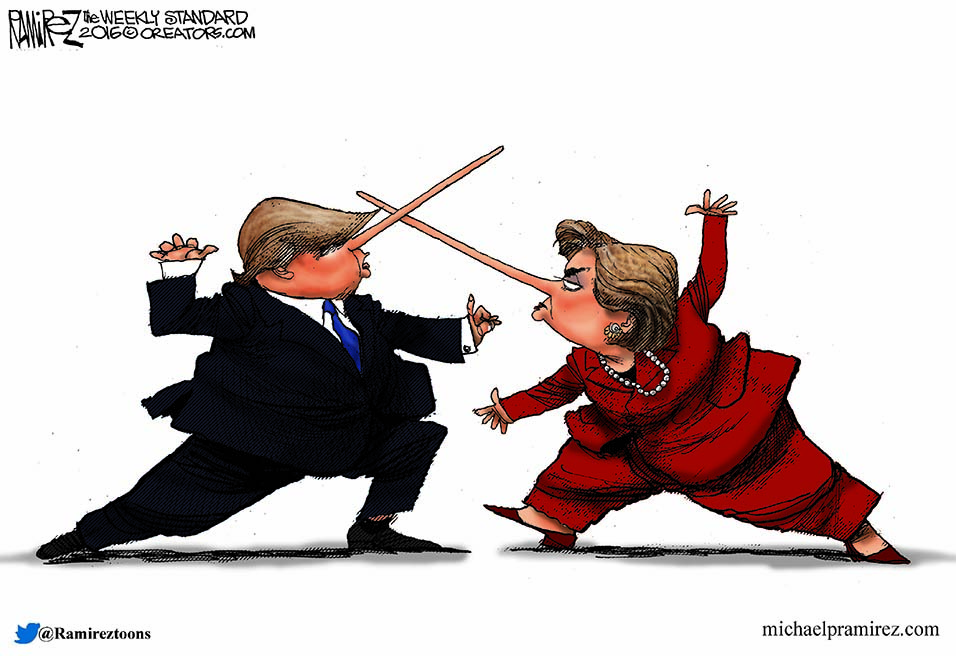by Joseph P. Tartaro | Executive Editor
It’s almost over—the quadrennial selection of a president, often referred to as the most powerful man in the world.
Although, when the ballots are finally counted, recounted and challenged in courtrooms, the voters may have selected the most powerful woman in the world. We’ll see!
It seems strange writing such a column for our November issue. As I do, we will be sending this issue to press 21 days before Election Day. And it will be mailed 19 days before the election results, the same day as the last televised debate in Nevada. You should know the election results after reading this column, but I don’t know what’s going to happen as I write it.
Still this long campaign—perhaps the longest ever—has been one of the most interesting that I can remember.
On the Republican side, it began with 17 hopeful contenders about the middle of 2015.
On the Democratic side it began with five contenders, only two of which were seriously committed to the quest: Hillary Clinton and Bernie Sanders.
As the campaigns continued through the primary and caucus seasons for both parties, the rhetoric and the name calling grew more strident, the intraparty congeniality grew more scarce.
Donald Trump ended up winning the Republican nomination as well as a lot of Republican criticism. In fact, Trump can’t really be counted among the purest Republicans. Most of the time, he sounds like he is opposing both parties.
Hillary Clinton, who has been running since before Barack Obama won the 2008 election, as well as re-election in 2012, seems to have been a candidate forever. Eight to ten years in politics is a long time, and she’s been running even longer than that—since she served on the Watergate investigation committee in the 1970s.
Throughout her political career she has enjoyed the goodwill, and usually the total support of the media. She has managed with the media’s help—and that of some Republicans who are as afraid of Trump—to avoid the problems her career has engendered.
Interestingly, the two candidates the voters selected have the lowest approval ratings than any candidate in recent history.
Whoever wins will not be selected on the basis of their natural charm. It will be for fear of the other candidate.
Many commentators have remarked on how strange and conflicting the 2016 presidential election campaign has been. It has been loaded by surprises, by strange political maneuvering, by personal attacks and counter attacks, by accusations of wrong doing by both candidates.
It isn’t often that you hear both candidates smeared by outsiders. But in the end. Most Americans will vote for either Clinton or Trump with each voter casting their ballot on the basis of their own private dreams of the future. Sure, there are minor party candidate slates, but there are really just that: minor parties. Johnson and Stein might as well go to the movies on Election Day.
While planning to write this column about what many people think is the nastiest ever, and perhaps the most explosive, I was reminded of older elections. Those in which people of color were not allowed to vote. Those in which people who did not own property could not vote. Those in which women could not vote.
I thought also of those in which candidates were rejected because they were of the wrong religion. And I remembered when Republicans in a 19th century campaign printed posters accusing the Democrats of being the party of “Rum, Romanism and Rebellion.”
Name calling during an election is hardly a novelty, but remember that this year, more than ever, your civil rights are at stake, and the shape of future Supreme Courts. Think hard, think long before you cast your ballot. Just be sure you cast a ballot.




